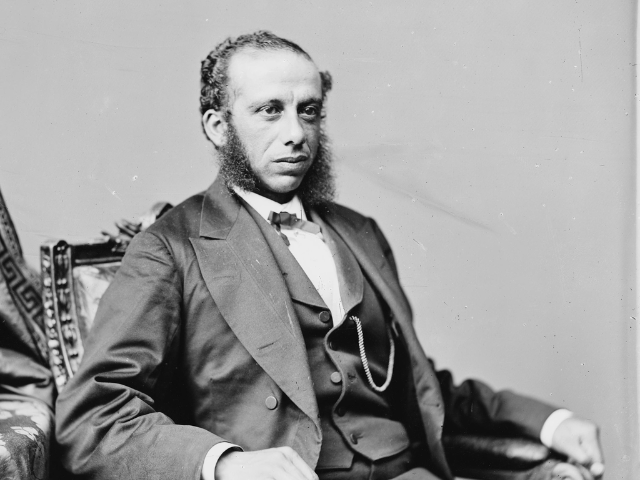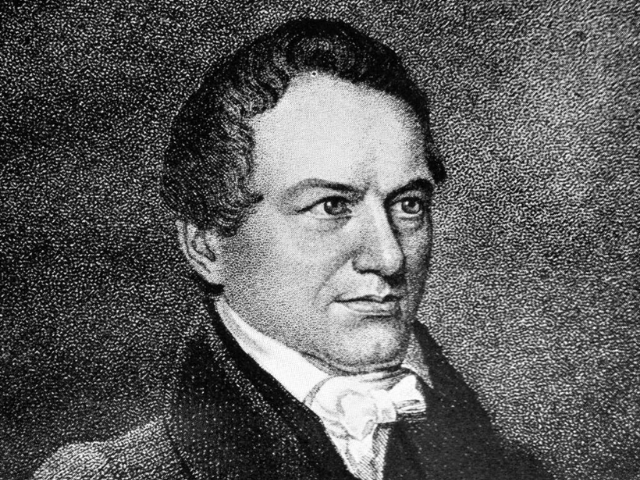Search StudySC for people, places, history, and ideas.
StudySC – Know where you live.
Explore South Carolina through StudySC! Learn about your community, South Carolina history, and the people who have made a significant impact on the state and the world.
SC Subjects by Grade Level
South Carolina People
South Carolina Counties
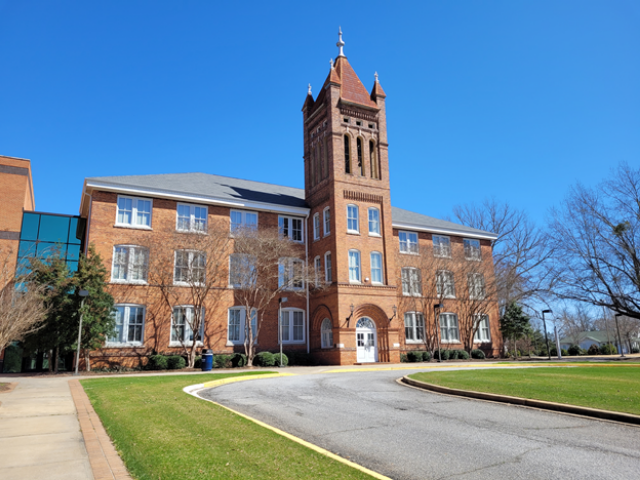
Greenwood County
Greenwood County takes its name from its county seat, Greenwood. The city of Greenwood was named around 1824 for the plantation of an early resident, John McGehee.
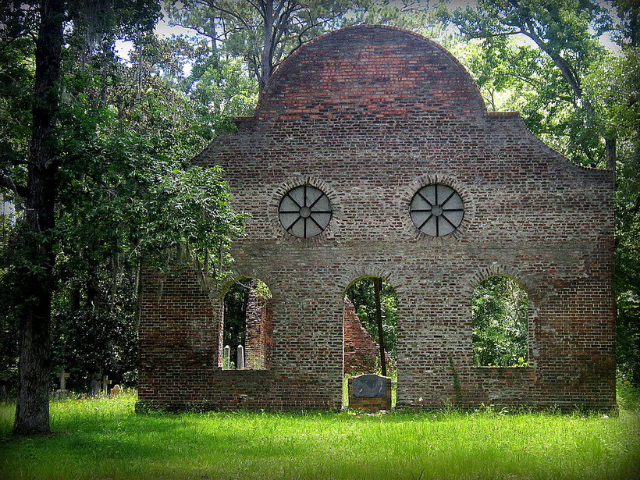
Colleton County
Colleton County was named for one of the Lords Proprietors, Sir John Colleton (1608-1666).
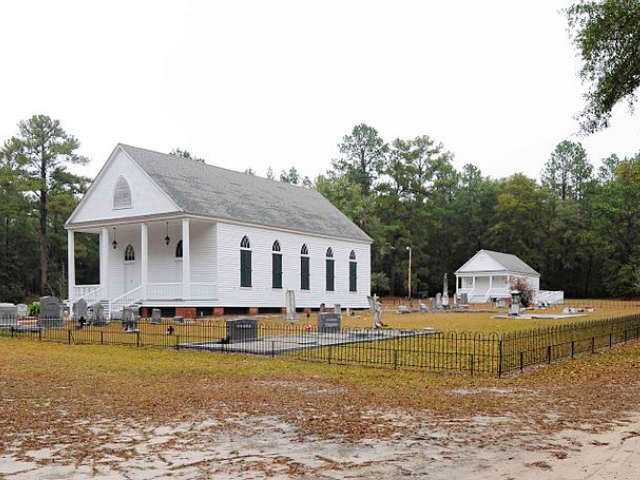
Bamberg County
Bamberg County and its county seat, Bamberg, were named for local resident William Seaborn Bamberg (1820-1858) and other members of the Bamberg family.
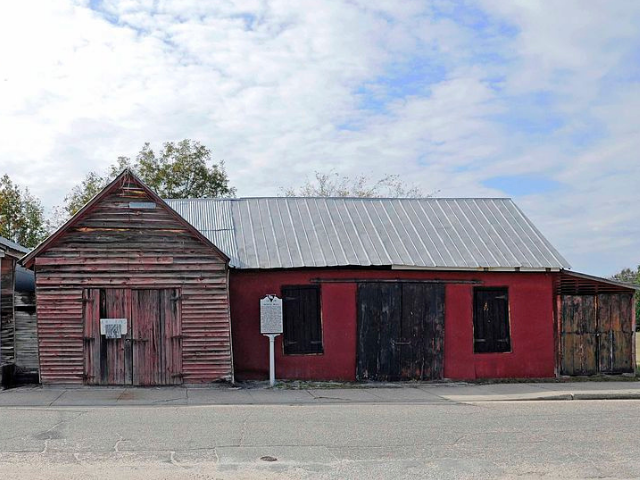
Clarendon County
Clarendon County was named for Edward Hyde, Earl of Clarendon (1608/9-1674), one of the Lords Proprietors of Carolina.
South Carolina Facts
South Carolina State Color
Indigo Blue was designated as the official Color of the State by Act Number 200 of 2008. The purplish-blue-hued Indigo plant formed a significant part of the South Carolina economy from the late 1740s to the late 1790s.
South Carolina Glossary
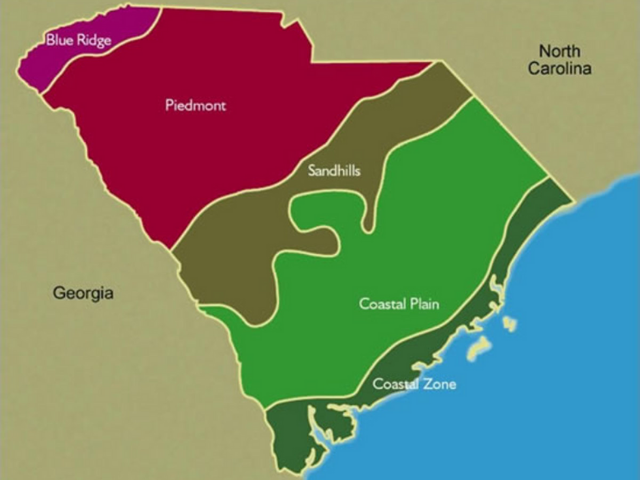
Piedmont
(noun) - the northern half of South Carolina, where rolling hills mark the transition of the Blue Ridge Mountains to the flatter Coastal Plain, characterized by industry, agriculture, and forestry, sometimes referred to as the "upcountry."
Copyright © 2024. All rights reserved.

